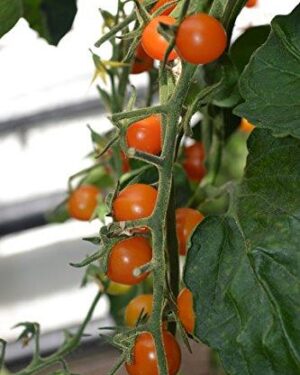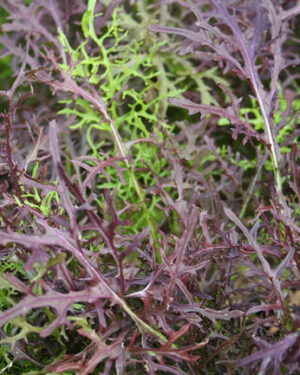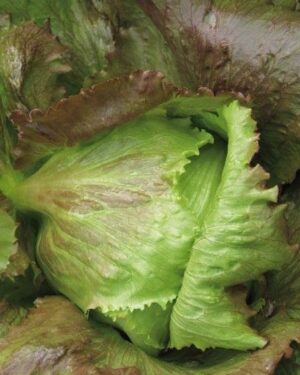Description
Sweetcorn Early Extra Sweet Northen F1
Sweetcorn Early Extra Sweet Northen F1. Good sized cobs of 20cm are produced on this extra sweet medium early variety which is well adapted to cooler UK summers even in the North. Really excellent flavour and a reliable producer.
Cultivation Advice
- Choose a well-drained location and plant Sweetcorn ‘Early Extra Sweet Northern F1’ after the last frost when the soil has warmed up. This variety is specifically designed for Northern climates, so it’s adapted to cooler conditions.
- Ensure the soil is well-draining, fertile, and rich in organic matter. Adding compost or well-rotted manure before planting can improve soil structure and nutrient levels.
- Plant seeds or seedlings in blocks rather than long rows to enhance pollination. Adequate spacing allows for good air circulation and helps prevent shading between plants.
- Sweetcorn requires full sunlight for optimal growth and development. Ensure that the planting site receives at least 8 hours of direct sunlight daily.
- Use a balanced fertilizer with slightly higher nitrogen content, as corn is a nitrogen-loving plant. Apply fertilizer at planting and side-dress during the growing season.
- Corn needs consistent moisture, especially during the critical periods of tasseling and silk development. Keep the soil consistently moist but not waterlogged.Apply a layer of organic mulch around the base of the corn plants to help retain soil moisture, suppress weeds, and regulate soil temperature. Mulching also helps prevent soil compaction.
- Hilling soil around the base of the corn plants when they reach a few inches in height can provide stability and support, especially in areas prone to wind.
- While Sweetcorn ‘Early Extra Sweet Northern F1’ is not typically very tall, providing support in the form of stakes can help prevent damage from strong winds, especially in Northern regions.
- Harvest Sweetcorn ‘Early Extra Sweet Northern F1’ promptly when the silk turns brown, and the kernels are plump and filled with sweet juices. This variety is bred for early harvest, typically around 65-75 days after planting.
- Monitor weather conditions, especially in Northern climates where temperature fluctuations can occur. Consider using row covers to protect young plants from late spring frosts
- If you plan to save seeds for the next year, isolate Sweetcorn ‘Early Extra Sweet Northern F1’ from other corn varieties to prevent cross-pollination.
- Consider planting Sweetcorn ‘Early Extra Sweet Northern F1’ in successive batches with a few weeks between plantings to extend the harvest season.
- Regularly check for common corn pests, such as corn earworms or aphids. Consider using natural predators or organic methods of pest control.
- Practice good garden hygiene by removing any plant debris and avoid planting corn in the same location year after year to reduce the risk of soil-borne diseases.
- Focus on quality over quantity when planting. ‘Early Extra Sweet’ varieties are prized for their tenderness and sweetness, so avoid overplanting, which might result in smaller, less flavorful ears.
- To extend the harvest period, consider staggered plantings at different intervals. This strategy ensures a more prolonged supply of fresh corn.
- Harvest Sweetcorn in the morning when the sugars are at their peak. Once harvested, promptly cool the corn to maintain its sweetness.
- If you can’t consume the harvested corn immediately, store it in the refrigerator to preserve its sweetness and quality. Corn starts to lose its sweetness rapidly after harvest.
- Explore various culinary uses for Sweetcorn ‘Early Extra Sweet Northern F1’. Besides enjoying it on the cob, consider using kernels in salads, soups, and other dishes.
- Learn about common pests and diseases that affect corn in your region. Early identification and intervention can help mitigate potential problems.
- Rotate corn crops with other plant families each growing season to minimize the risk of soil-borne diseases and pests specific to corn
- If you are part of a community garden or have neighbors who also grow corn, share your experiences and knowledge. Local insights can be valuable in optimizing cultivation practic









Reviews
There are no reviews yet.